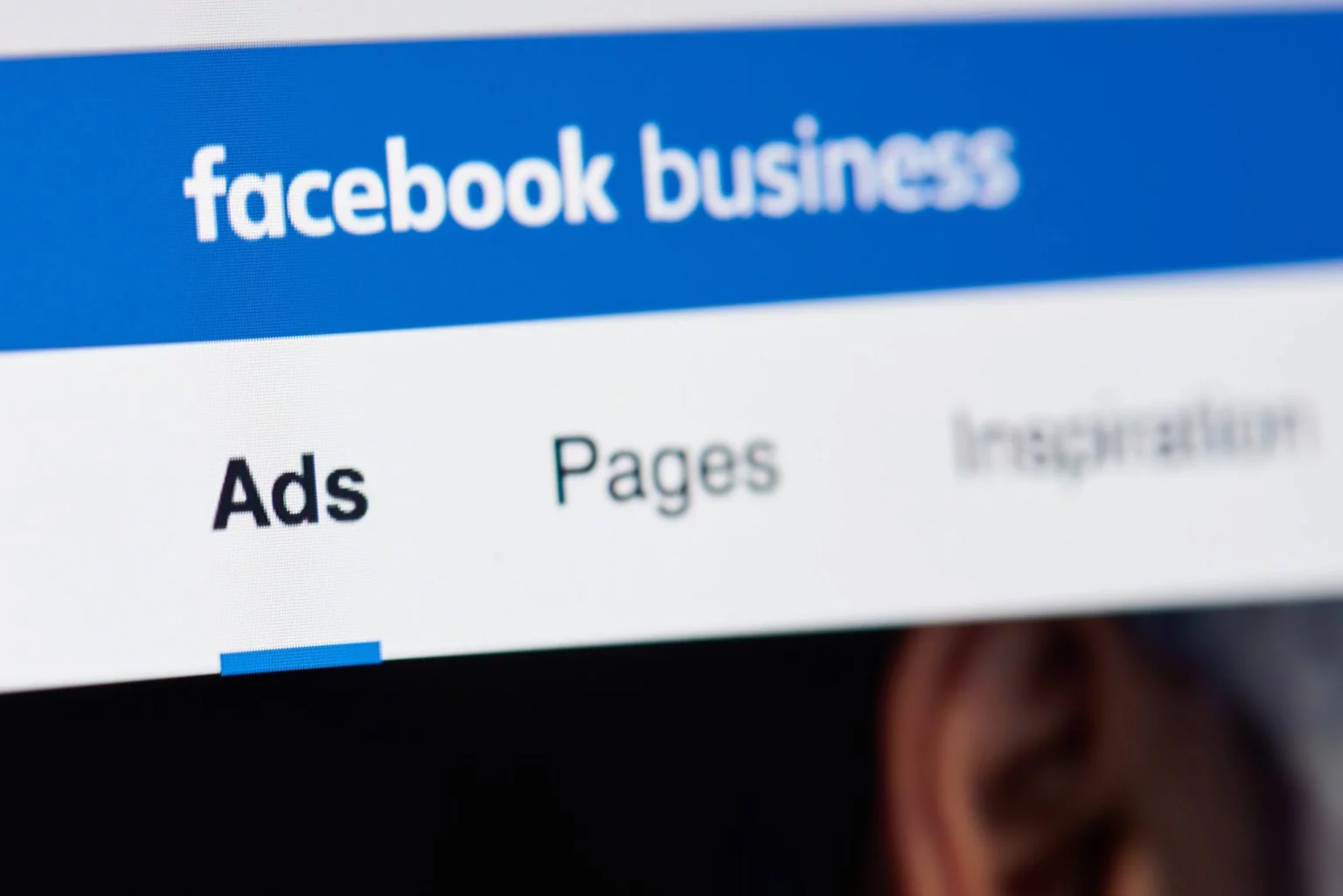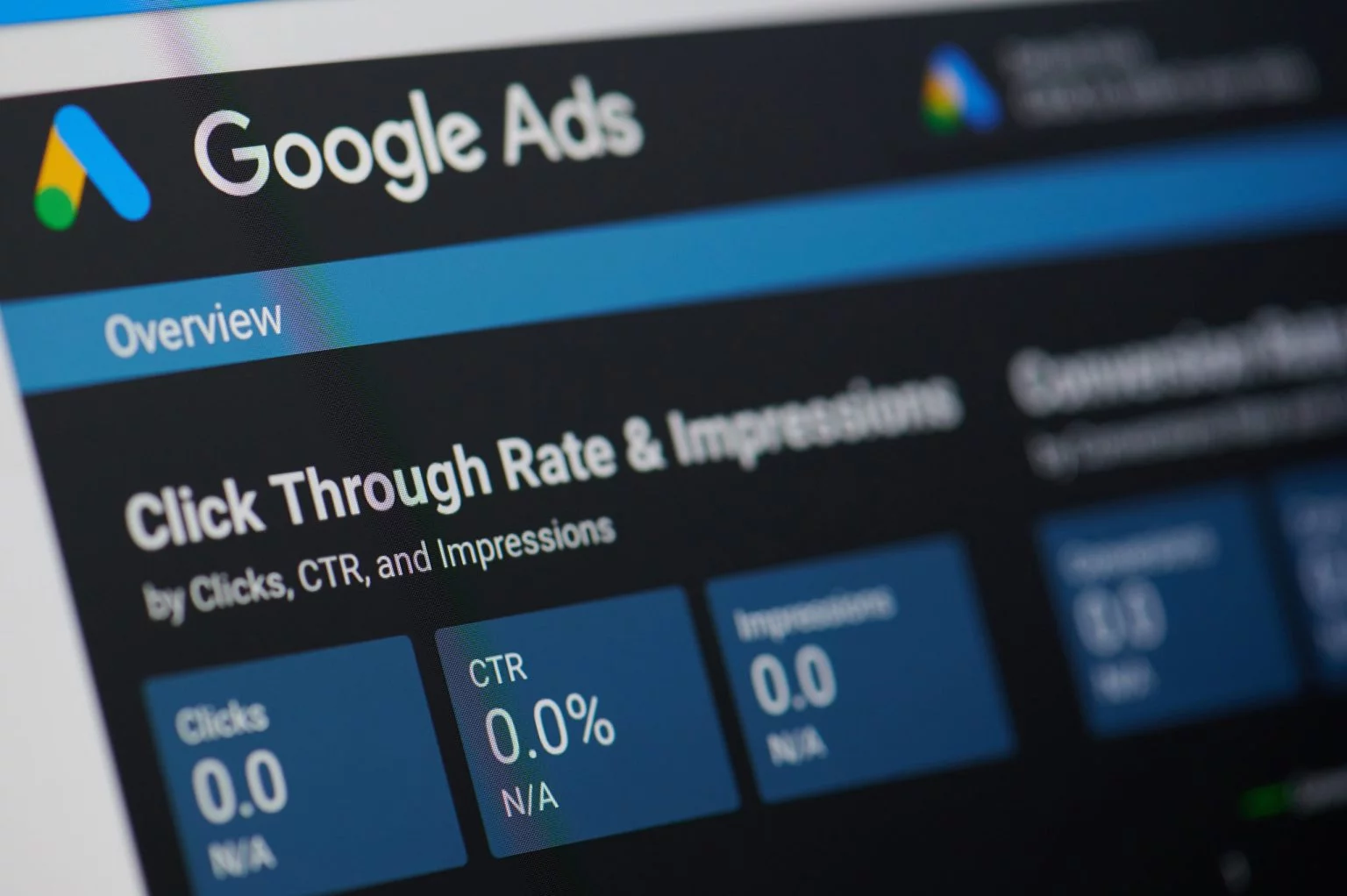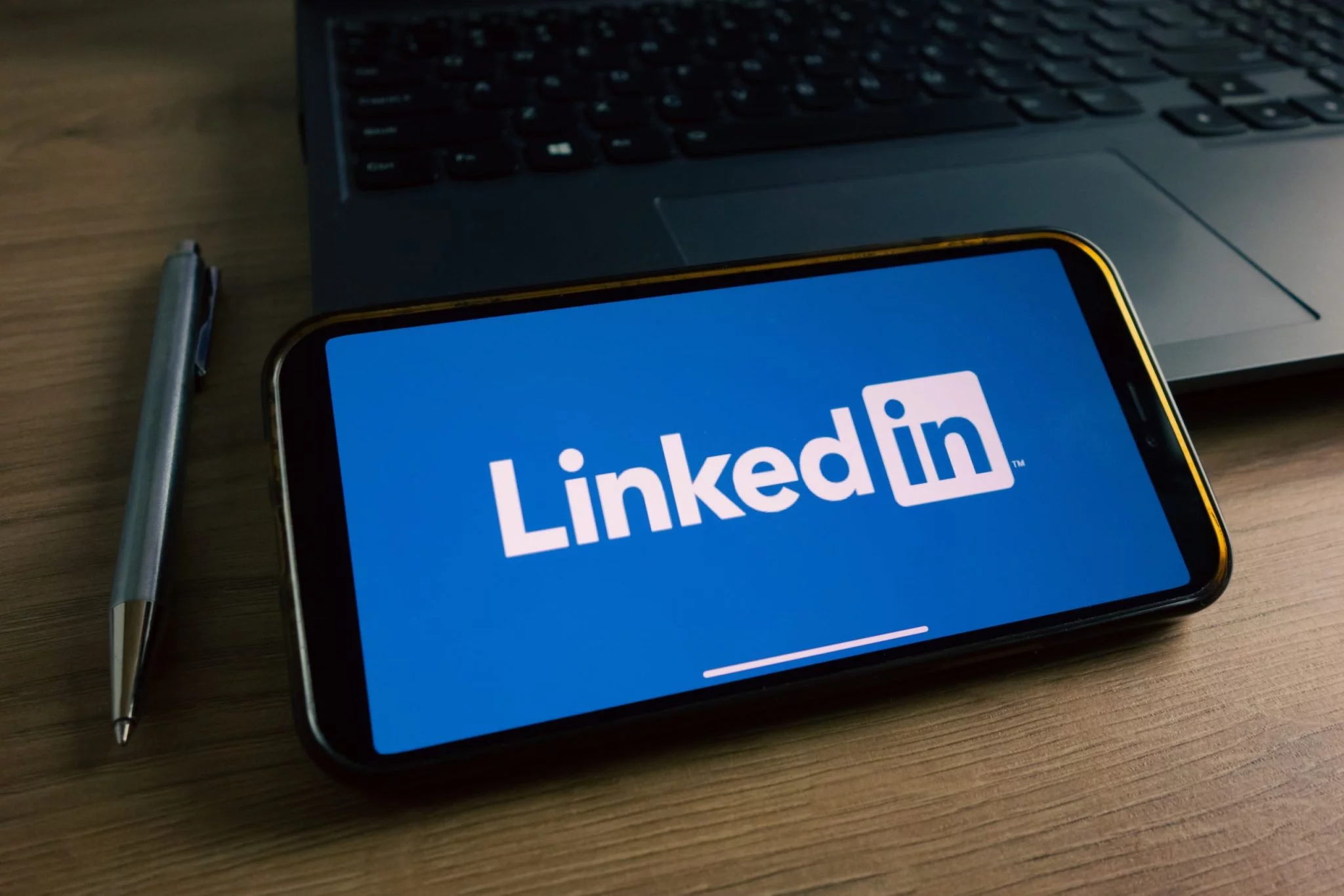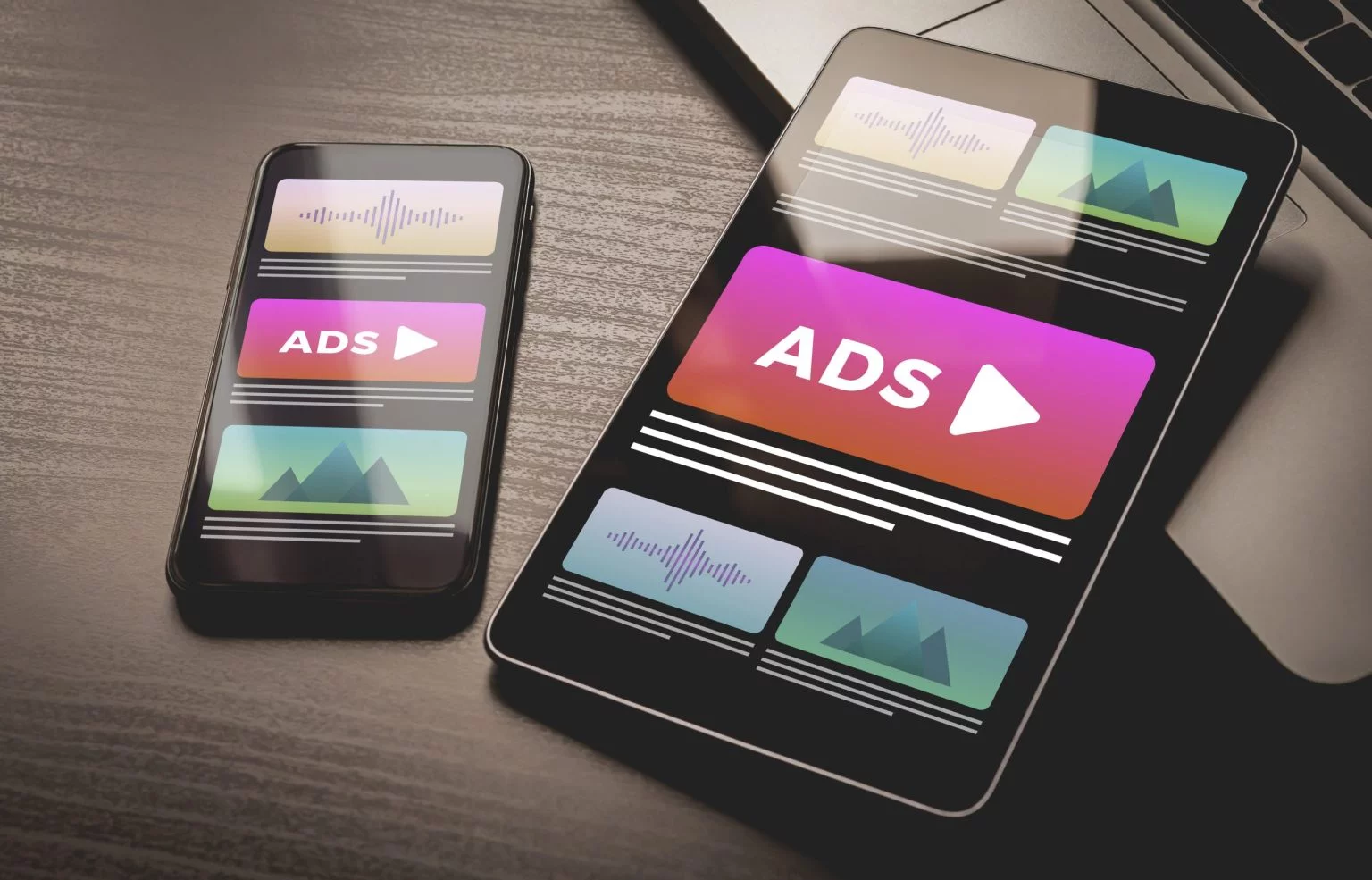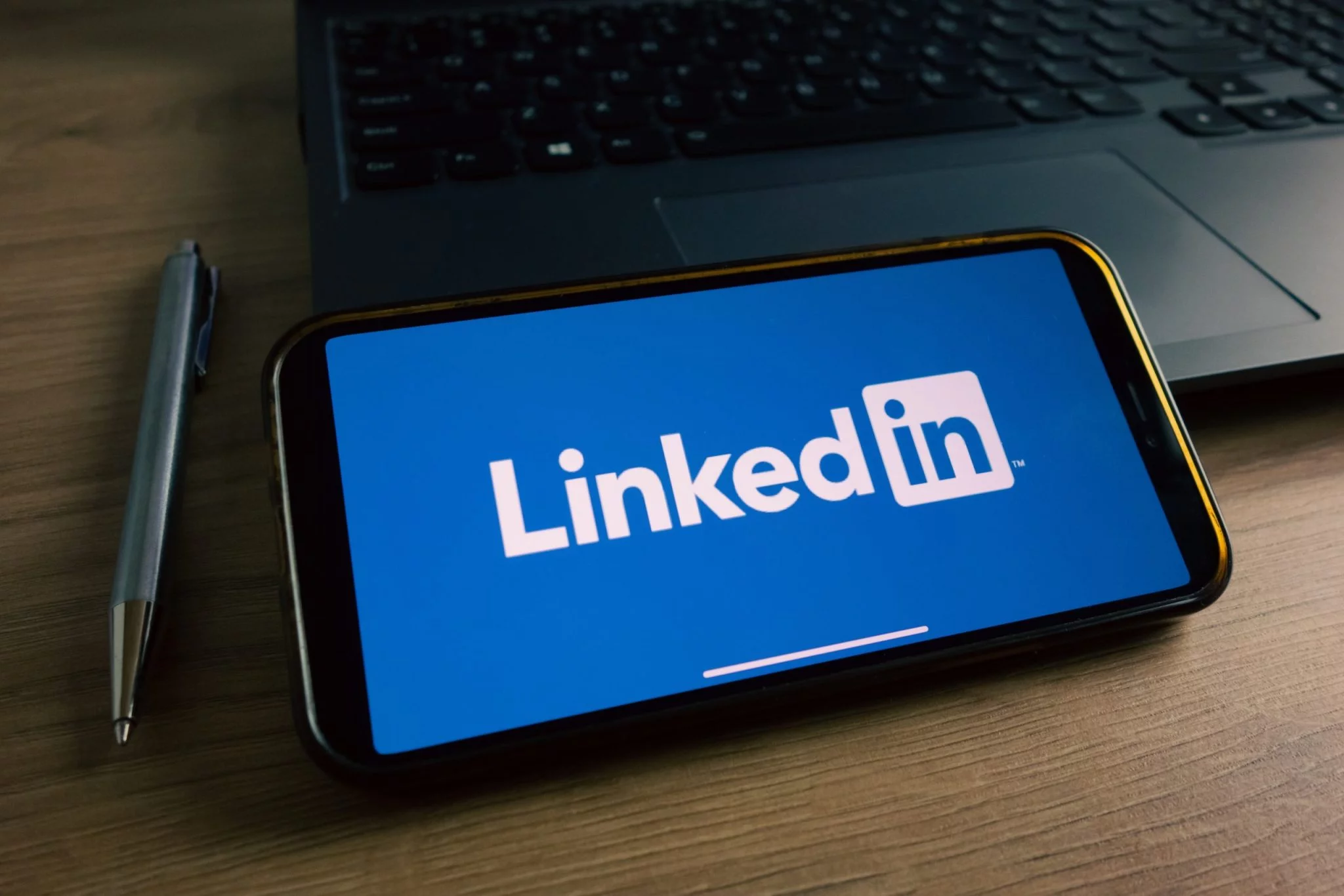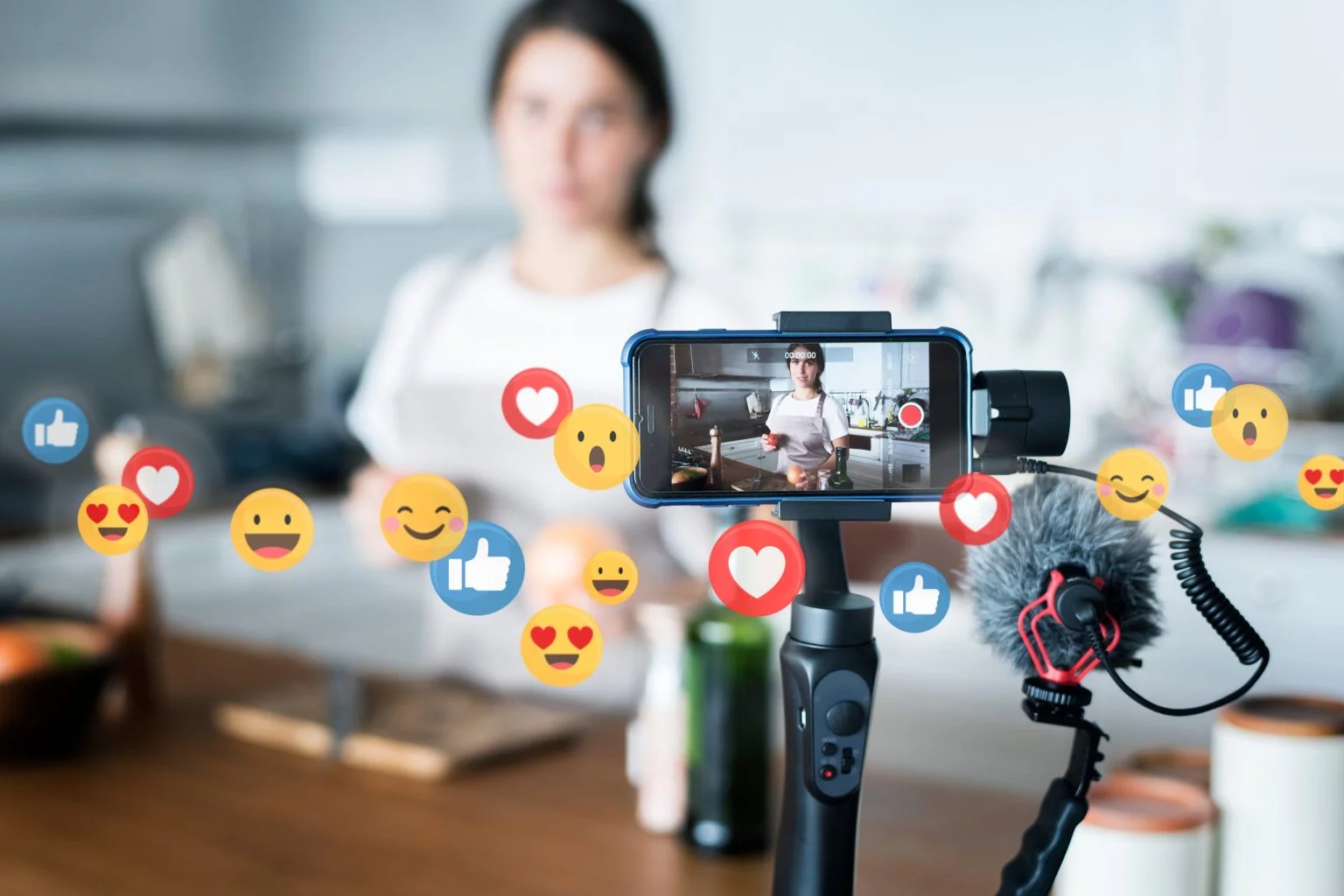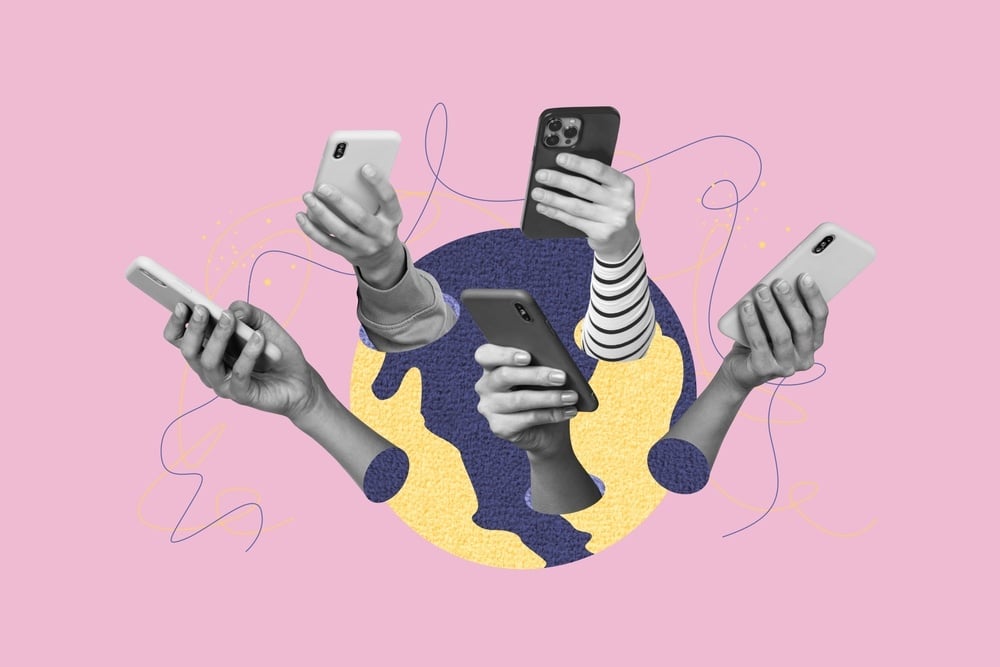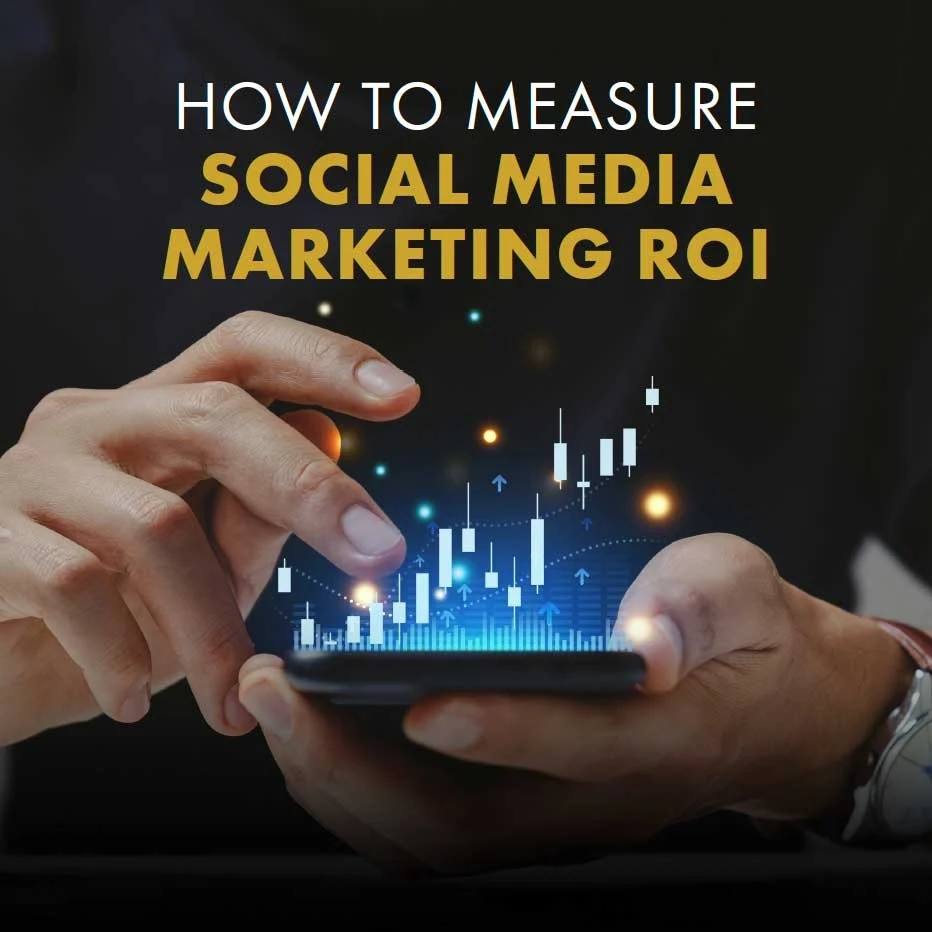
Ever felt like the internet is watching you? One moment, you're casually browsing for hiking boots, and the next, ads for boots, socks, and even tents are following you everywhere online. Spooky, right? But no, your phone isn’t secretly listening to your conversations (probably). What's really going on is a fascinating and intricate system of online behavioral tracking that uses your digital footprints to tailor the ads you see.
Today, we're pulling back the curtain on how these ads work, why they follow you around, and what you can do about it. Fair warning, you might never look at your browsing habits the same way again.
Your Digital Shadow
Every time you engage online, you leave a digital trail behind. Think of it as walking through sand, where each step (or click) leaves a mark. Marketers and advertisers use these breadcrumbs to build a picture of who you are and what you might like. Here's a glimpse at what your digital profile includes:
- Websites you visit (and how long you stay)
- Links you click
- Products you browse, especially the ones you abandon in your cart
- Location info from your devices
- Search history (yes, even the embarrassing stuff)
This data is stitched together into what's called your "behavioral profile." And fun fact, this profile might know you better than some of your friends. Creepy? Maybe. Clever? Definitely.
Cookies and How They Track You
No, not the chocolate chip kind (sadly). Cookies are tiny text files stored in your browser. Think of them like a polite shopkeeper who remembers your name, past purchases, and preferences to make your shopping easier. However, not all cookies are equally polite.
- First-party cookies are placed by the website you're currently visiting. They remember logins, preferences, and cart items. Harmless and helpful!
- Third-party cookies are a bit nosier. They’re placed by external advertisers and follow you to other websites, building a broader picture of your online behavior.
Here’s a wild stat for you. The average website drops 34 cookies on a visitor’s browser. That’s a digital bakery following you around.
The Magic Behind Remarketing
If you’ve ever looked at a product online, decided not to buy it, and then had ads for it follow you around for weeks, you’ve experienced remarketing. Here's how it works:
- You visit a website and browse a product.
- A cookie is placed on your browser.
- You leave without buying.
- The site’s remarketing partner shows you ads for that product on other sites you visit.
The kicker? Remarketing works. Studies show people are 70% more likely to purchase after seeing retargeted ads. No wonder brands love this strategy.
Algorithms and Predictive Ads
But what about those times when ads seem to predict what you want before you even search for it? That’s where predictive algorithms come into play. These AI-powered systems analyze patterns in your behavior to guess what you might want next. For example:
- Bought a bike? You’ll see ads for helmets and bike racks.
- Looked up recipes? Here comes ads for cooking gadgets.
Amazon’s recommendation engine is a prime (pun intended) example. A whopping 35% of its sales come from AI-powered suggestions. These systems aren't reading your mind; they’re just connecting the dots faster than you can.
Social Media and Hyper-Personalization
If cookies are nosy shopkeepers, social media platforms are Sherlock Holmes-level investigators. Platforms like Facebook and Instagram gather tons of data about you, including:
- Posts you like, share, or comment on
- How long do you linger on certain content
- Your demographic details, like age and location
They use this information to create super-targeted ad campaigns. Ever had that eerie feeling that Instagram knows what you're thinking? It’s not reading your mind; its algorithm is just ridiculously good at making calculated guesses.
Your Data is a Hot Commodity
Behind the scenes, there’s a massive marketplace where your data is bought and sold. Data brokers collect information from various sources, package it, and sell it to advertisers. These packages can get absurdly specific. Think:
- “Parents in their 40s who like yoga and have kids in private school.”
- “Travel enthusiasts planning to visit Europe in the next 3 months.”
A recent report found that most Americans’ data is held by over 1,500 companies. Yes, 1,500. The digital you is a hot-ticket item.
Can You Opt Out of The Spy Network?
Feeling uneasy? You’re not alone. While it’s nearly impossible to go completely off the grid, here are ways to reduce tracking:
- Use browser extensions like Ghostery or Privacy Badger to block trackers.
- Regularly clear cookies and browsing history.
- Adjust ad preferences on platforms like Google and Facebook.
- Browse in incognito mode or use a VPN for more privacy.
Still, the truth is that if you’re online, some level of tracking is inevitable. It’s the trade-off for the "free" services we use every day.
The Future of Personalization
With advancements in AI, advertising will only become more personalized. Imagine ads tailored to your emotional state, location, and even the season. The line between "Wow, this is helpful!" and "Yikes, this feels invasive!" will likely blur further.
How you feel about this depends on your perspective. Is hyper-personalization a convenience or digital stalking? Either way, the tech isn’t slowing down.
Final Thoughts
The ads following you online aren’t magic or mind-reading. They're the result of sophisticated tracking systems and AI-based algorithms working to understand you better (sometimes better than you understand yourself). It’s impressive, useful, and a bit unsettling all at once.
Next time an ad feels eerily spot-on, you’ll know the system is doing exactly what it was designed to do. And yes, after reading this, you might start seeing ads about cookies and privacy tools. The irony isn’t lost on us.



.webp)





